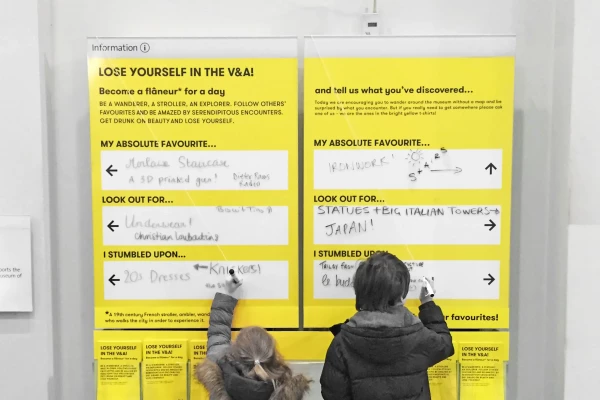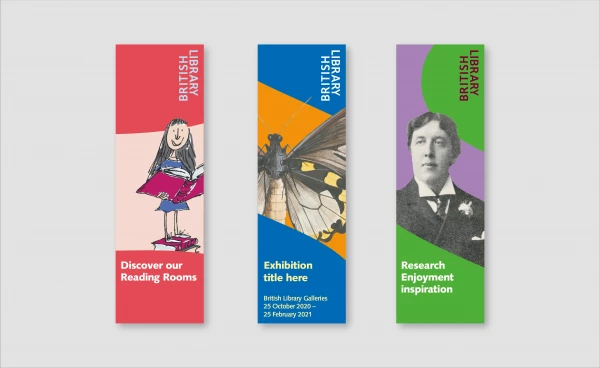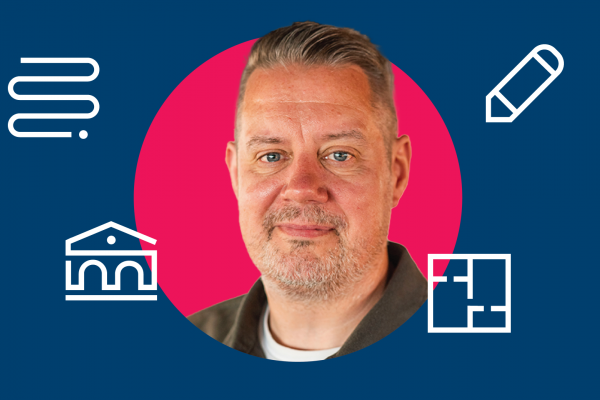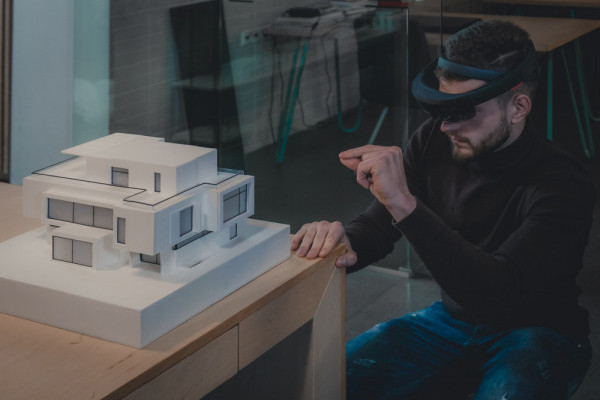Services
Design that connects us
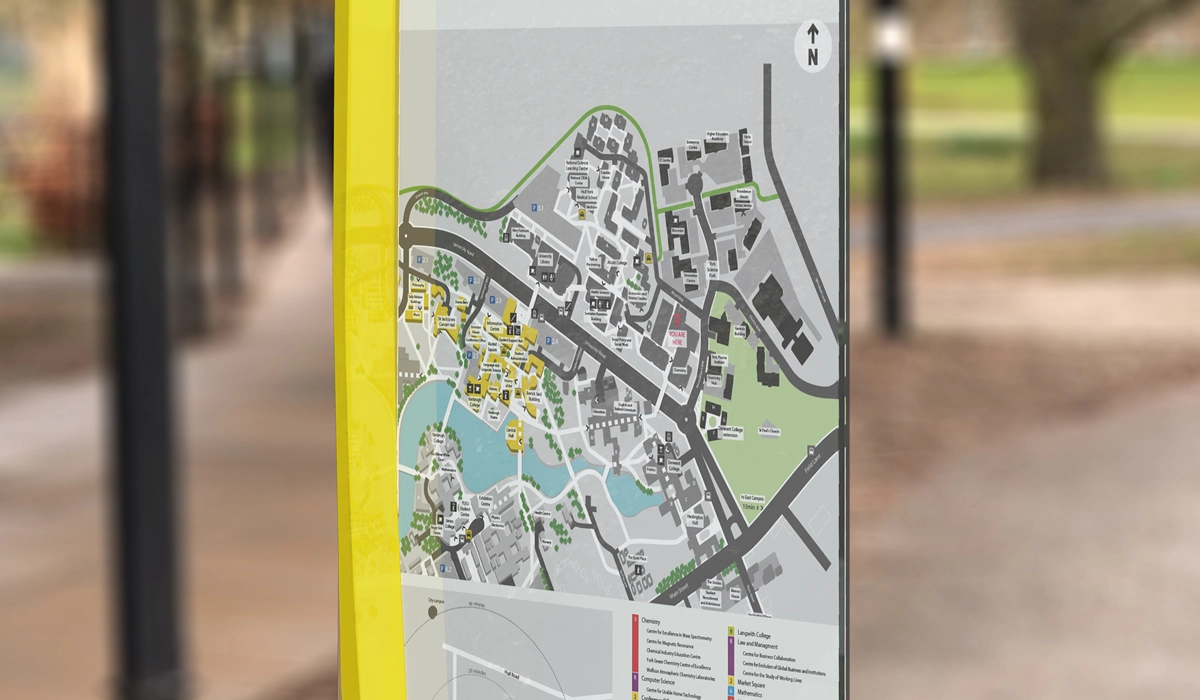
Wayfinding Design & Strategy
Our wayfinding design services, led by expert wayfinding consultants, blend signage, architecture, digital touchpoints and user experience to create intuitive navigation systems. Through research, strategy, design and testing, we create wayfinding systems that not only work but look beautiful too, strengthening brand presence whilst supporting clear and seamless journeys.
We design information to help people to move through complex spaces like airports. We help people to explore and engage in environments like museums, designing wayfinding and interpretation.
What we can do for you:
Insight
- User research and insight
- Audit of existing wayfinding system
Strategy
- Wayfinding signage design from concept to installation
- Interpretation signage and content
- Digital information and wayfinding solutions
- Design guidelines and kit of parts
- Testing and prototyping
Design / Consultancy
- Sign design from concept to installation
- Interpretation signage and content
- Digital information and wayfinding solutions
- Design guidelines and kit of parts
- Testing and prototyping
Training & Engagement
- Wayfinding design CPD and training
The benefits we bring to you and why we're different:
- A specialist team: that applies both strategic and creative lenses to any design challenge.
- A focus on inclusivity: ensuring that those with differing requirements are considered as part of the inclusive wayfinding design process.
- Physical and digital capabilities: award-winning projects in sectors such as culture and heritage, travel and transport, and international events.
- A full-project view: we are experts at designing signage, working with client brands and palettes, and bringing ideas to life through prototyping and user testing.
What challenges can we help you overcome:
- Confused customers and unsatisfactory visits
- Understanding why visitors are not exploring all of your facilities
- Finding the right technology to make your wayfinding system more adaptive
- Blending wayfinding & interpretation into your environment
- Showcasing your brand identity but still having a wayfinding design that works for your guests
- Creating a space that is inclusive and works for all
Our working approach has a focus on two key areas, Strategy and Design.
We see the strategy as being a key component of the vision to help users find spaces and moments within them where they can pause, dwell, and make a connection to your site, its content and its brand. Wayfinding design must help visitors find their way both from a navigational perspective but also in their exploration and discovery of your environment.
In our creative design work, we look at how we can deliver the functional, information design needs identified in the strategy and blend this with interpreting the client brand, responding to the architecture and place to produce aesthetically pleasing signage, supergraphics and maps. The design process allows us to create consistent and creative wayfinding that reinforces the client’s brand identity and adds beauty and character to the space.
For us, good wayfinding design is a fundamental part of your visitor/guest/passenger experience that helps people find their way but also enriches their journey through thoughtful design, technology, and artistic expression.
Not sure which of our services you need? Book a free discovery call, contact us here.
Highlight Case Study – Wayfinding Design & Signage
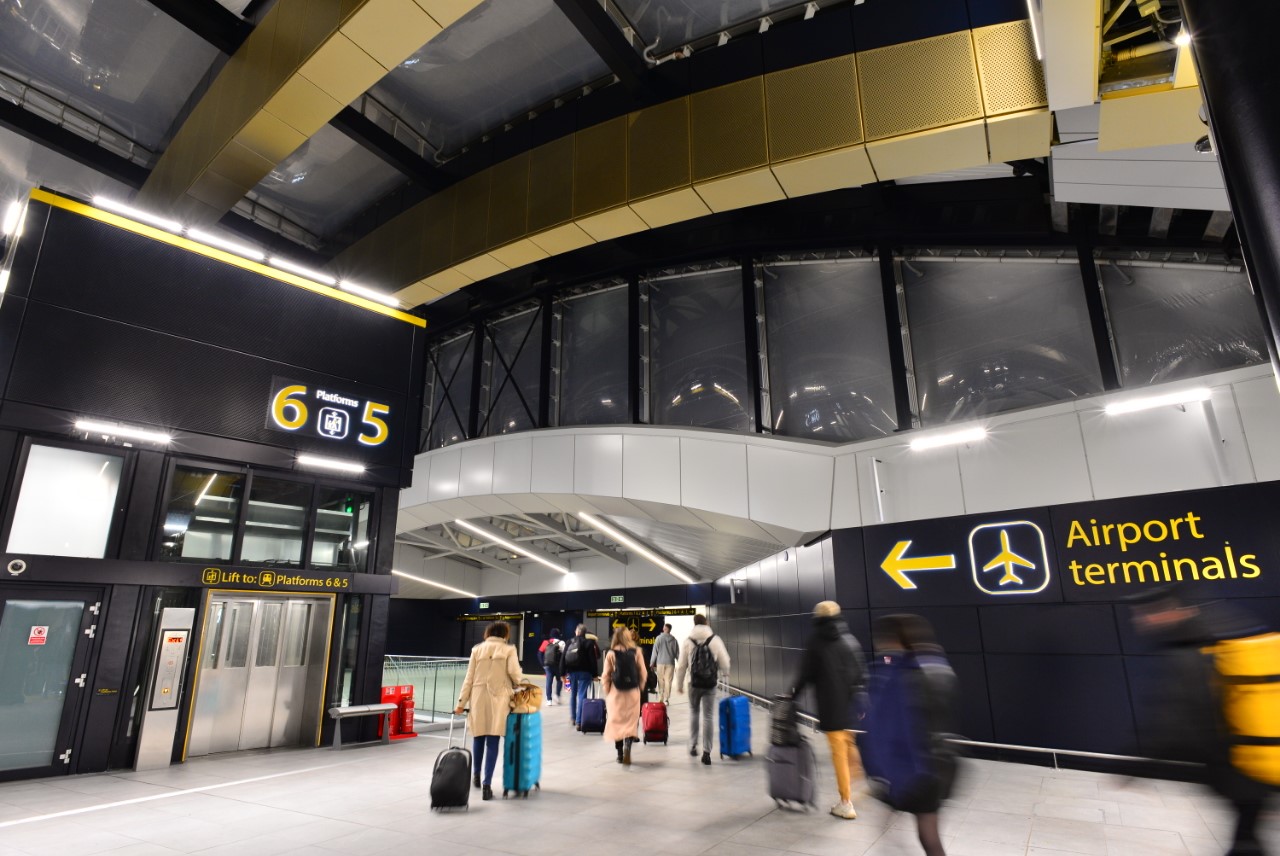
Network Rail & Gatwick Airport Limited
In 2019, a staggering 21 million travellers passed through Gatwick Airport station, making it a bustling hub in the heart of the UK. Renowned for its extensive rail connections, Gatwick Airport boasts over 120 direct routes — more than any other airport station in Europe!
Yet, amidst this connectivity, the station grappled with
significant congestion issues, both on its platforms and within its bustling concourse. To remedy this, an ambitious redevelopment project was undertaken — the transformation aimed to revolutionise the
passenger experience, creating seamless transitions for
passengers arriving and departing.
In recognition of our contribution to this transformative project, Mima was honoured with two prestigious awards at the 2025 Transform Awards: Best Wayfinding or Signage and Best Visual Identity from the Transport and Logistics Sector. These reflect our commitment to delivering innovative design solutions that enhance the passenger journey.
